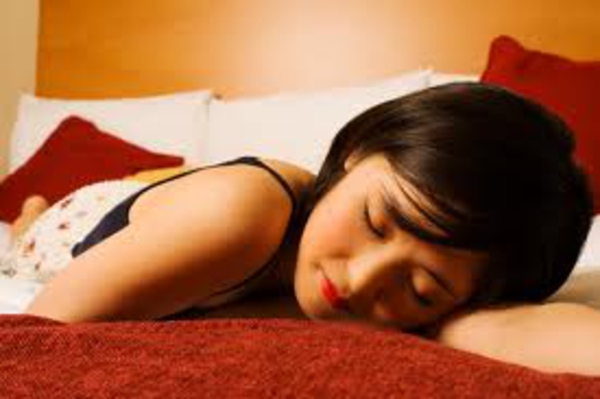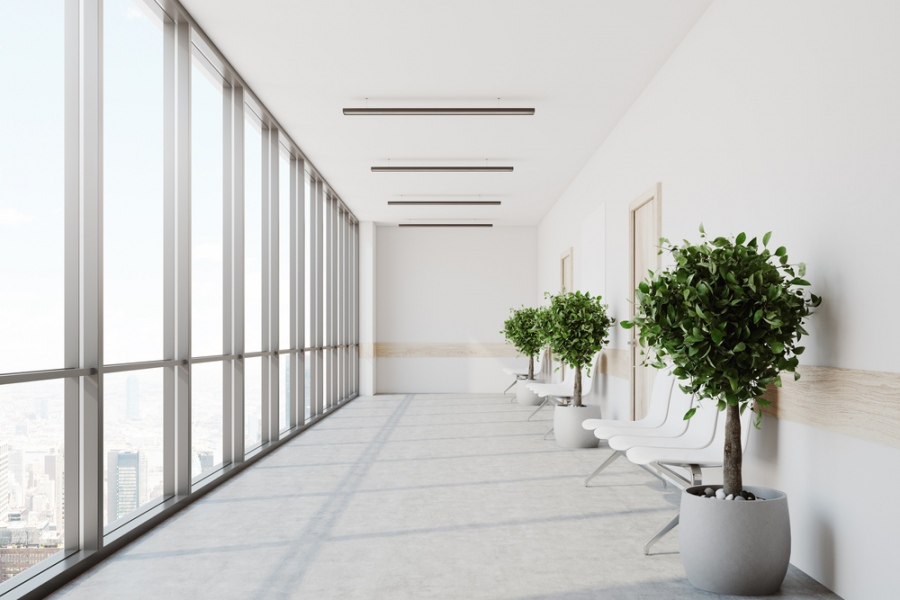The world is ever changing and so are the daily concepts of the items we use everyday. Beds should be no different. The past decade the idea of future beds have come from sci-fi movies that depict a future of humans living space. Arguably one of the most popular ideas is capsule beds within spaceships. This is the usual scene of where the inhabitants of the mothership and it’s crew are seen sleeping within tiny capsules that are actually beds.
The Future of Mattresses
But what about mattresses? We have seen a rapid increase in futuristic mattresses such as air, latex, and memory foam mattresses just in the last 20 years. At first memory foam mattresses were all made from man-made products, like polyurethane and petroleum. However, the last couple years has seen an increase in natural memory foam mattresses and other eco-friendly bedding options. So what does this mean for the future of mattresses?
All-In-One Sleep Environments
It seems that capsules are all the rage in futuristic home furniture, as it is today in geeky bedrooms. Capsule beds are also being looked at as a viable home beds, integrating comfort and technology. In addition to controlling the lightness or darkness of your sleep environment, you can also play music, change the temperature and feel cozy and secure. Many feature an almost egg shaped oblong bedframe, that simply lay on the floor, no legs needed. Current models are often priced in the thousands, but these may become more affordable and popular in the next couple decades. As technology continues to play a role in our lives, expect more beds with hi-tech features like televisions, speakers, adjustability, and climate control options.
Future of Beds in Traveling & Hospitality
As global travel becomes easier and more affordable, and the population continues to grow, more people will be traveling. In already packed metros, how will the tourism industries accommodate the greater influx of visitors?
High-Efficiency Hotels
Japan has already seen the introduction of capsule hotels. Essentially it is a group of miniature hotel rooms which allows tourists to stay the night for as little a price as $40. The first one to be fabricated was deemed unfit for use as it was considered a fire hazard. However the creator eventually perfected his idea and created a habitable capsule hotel. These rooms are essentially just beds, complete with a TV and a picture of planet Earth at the end, doubling as the headboard. While this may seem too futuristic for our time, what about 100 years from now?In the future, these may be the norm in heavily populated metros.
In the 1990s everyone considered this to be something way out of reach. However as 2013 is approaching we have already reached a grouping societies that have implemented this type of hotelling in their countries. Among them is also China and Russia.
Travel Sleep Pods
Airport and train stations happen to be the locations where these capsule beds seem to be needed the most. Many large international airports like London’s Heathrow are testing out personal sleep rooms that allow travelers to relax in comfort without leaving the airport. These tend to be much more affordable than hotels, and can be rented for short time spans based on layovers. Plus, you don’t need to rent a vehicle or cab. These may prove to be an effective, cost efficient way of travelling and bring added revenues to airports, however they may lack the common amenities of full-fledged hotel rooms like private bathrooms and king sized beds. Much like you now see branded mini-restaurants at airports, we may even see hotel-branded capsule rooms at airports around the world.
Platform Beds
Well, so far the boxspring of most beds has almost been made completely obsolete. New and modern platform beds allow mattresses to lay directly on the frame. Because of this they get a slimmer high profile, and more accessible design.
Slimmer Mattresses
Mattresses themselves are also getting slimmer as more people strive to upgrade to foams to avoid springs. Value priced mattresses tend to be thinner as memory foam and latex require less material to provide support. Imagine sleeping on a mattress so thin, it takes up virtually no space if you were to roll it up and put it away. This would effectively make for a very guest friendly bed. In fact has the idea here, to create a rolling bed that is so thin but just as comfortable, as traditional memory foam mattresses are, and that can be simply rolled up when a guest leaves and taking out when one arrives. As apartments get smaller and mattress materials more advanced, this will likely prove a popular trend.
More Natural Products
As eco-friendliness has become such a huge topic both in manufacturing process and the product itself, it can also be safe to say that almost 90% of mattresses made in the next 100 years will strive to be 100% natural. It is no surprise and no new news that mattresses are one of the most non-green products on the market today. Hypoallergenic mattresses made from latex and natural memory foams are becoming the new beds of the future. Especially as more research comes out about chemical side effects, petroleum becomes scarcer, and more environmentally manufacturing processes develop, this trend will no doubt continue.
Only time will tell how we’ll sleep in the future, but emerging technologies of today provide a bit of insight. Overall, the trends seem to be toward eco-friendliness, high functionality, and efficiency.
Featured images:
- License: Creative Commons image source
This content is strategized by Kim Tyrone Agapito of One Mall Group, for Astrabeds natural latex mattresses.





